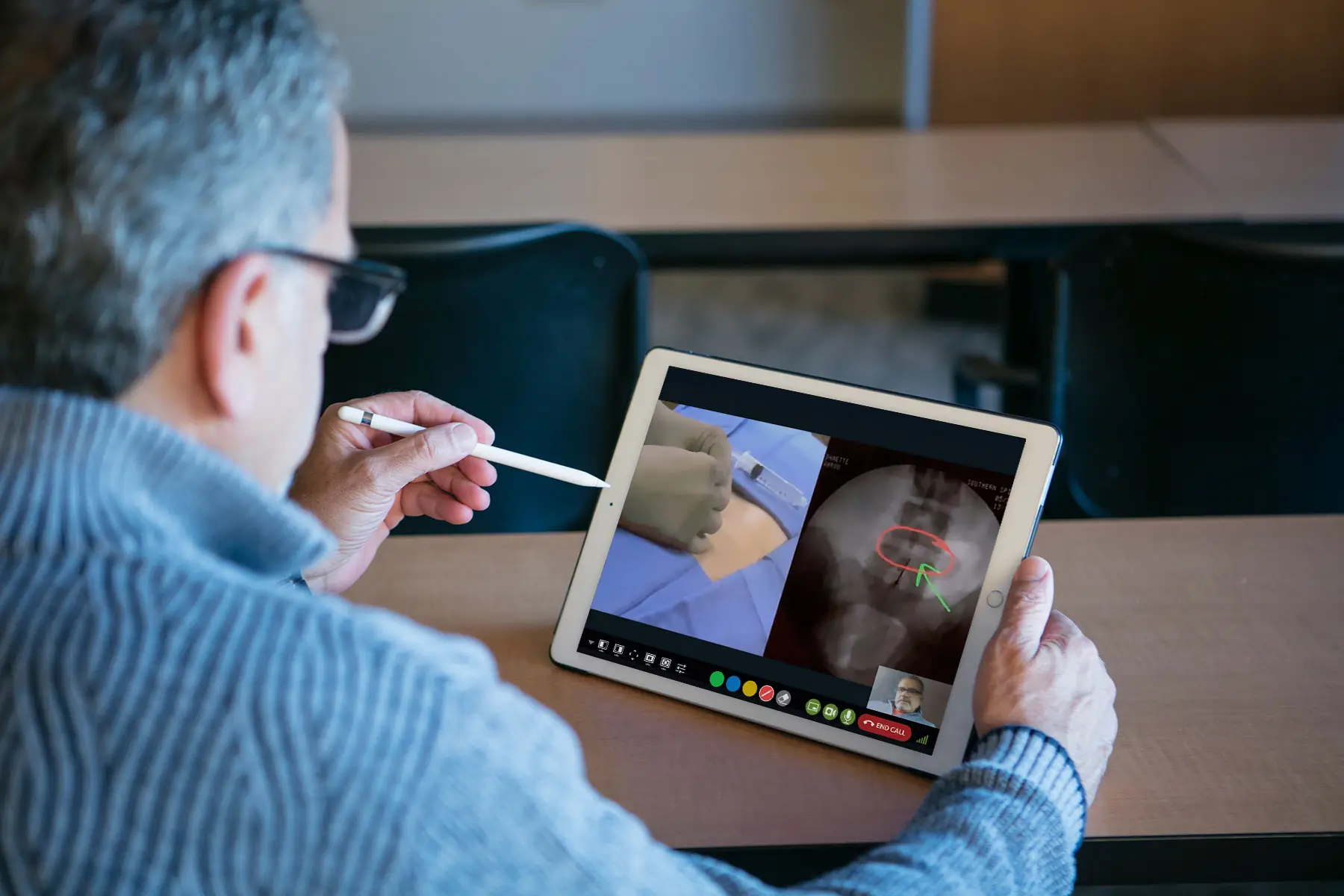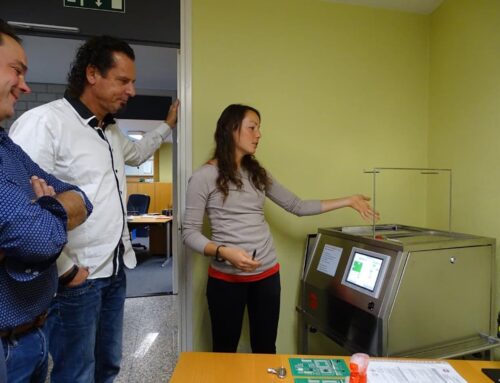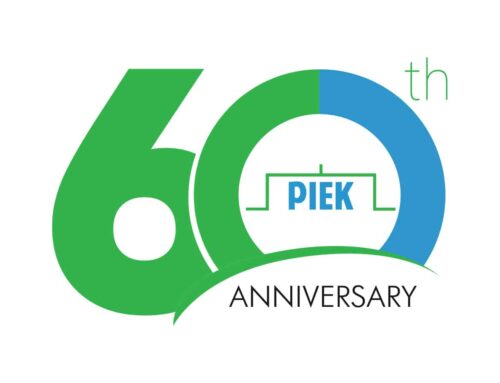The technical interconnect industry can be found in all aspects of life. It is this wide diversity in the applications of its products that makes the technical interconnect industry fascinating. PIEK continually keeps you informed of both developments and innovations in all possible fields that the technical interconnect industry is active in.
Zuyderland Hospital is one of the first hospitals in the Netherlands to use Virtual Reality (VR) glasses. VR glasses are mainly used in computer and video games, but a new, recent phenomenon is their use by trauma surgeons in operating theatres.
Surgeons always had a problem: they worked in a very sterile environment which severely restricted the number of people that could be present during an operation. Colleagues and medical science students could only follow the actions of surgeons from a distance. They could either stand on a balcony and watch from above, or they could watch a monitor. Whatever was the case, the physical distance was large, and an accurate, close-up view of what the surgeon exactly did was impossible.
The Rods & Cones specialists have been searching for solutions for years. It was Corona that spurred on the active search for a solution to surgeons’ problems. The lockdown prevented medical students as well as doctors training to become specialists from being physically present in hospitals, so they could no longer watch surgeries.
PIEK spoke to one of these trauma surgeons and user of the VR glasses, Dr Raoul van Vugt, about the function and use of the glasses. ‘The intelligent glasses are kitted out with a microphone, led light and a camera with a zoom function. When the glasses are turned on, they go online at once, and live data and images can be shared straight away.’
‘This means that onlookers can see exactly the same things as the surgeon sees. Besides, any spectator can ask me a question, and I can answer immediately. It does not matter where in the world the spectator is. A few days ago for instance, during laparoscopic surgery there were spectators from the USA, the UK and the Netherlands.’
PIEK also wants to know where and for which kind of surgery VR glasses can be used. Says Dr van Vugt: ‘Use of the glasses is quite diverse. At Zuyderland we use them for various types of surgery including trauma surgery. Our younger colleagues can watch and learn. Still, that is not all, because these colleagues can also do surgery with VR glasses themselves. In that we case, we are there to guide them without having to stand next to them.’
As is the case with all innovations, price plays an important role. Surprisingly, Dr van Vugt says: ‘The purchasing price of a Rods & Cones pair of glasses is relatively low. And you do not need much extra technology either. A mobile phone comes with the glasses and it hooks you up to the communication platform. This is a prerequisite for using the VR glasses. The other must-have is a stable WLAN connection to facilitate the exchange of data. Think of a 4G network. The biggest cost item is the communication platform. We need this platform to share data and images.’
When PIEK asks about any disadvantages of the intelligent glasses, this is what Dr van Vugt says: ‘It would have been nice to have a wireless rather than a wired connection between the glasses and the telephone, but they are already working on this. The current glasses do not yet have an app with which we can guide surgery regardless of our geographical location. And finally, there is the issue of privacy, though this has in fact nothing to do with this particular product but is a more general issue. We have to ask the patients whether we are allowed to operate on them with VR glasses, you see?’
Dr. Van Vugt sees still more exciting and interesting application possibilities for the electronic interconnect industry in hospitals.










